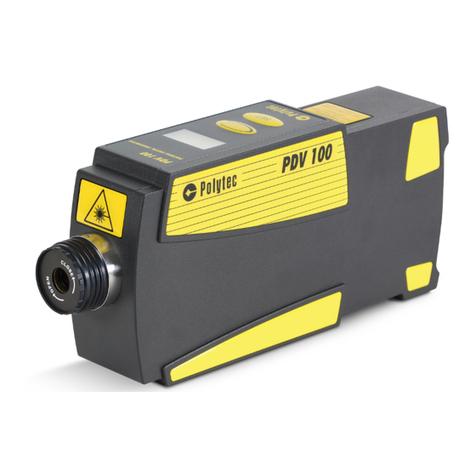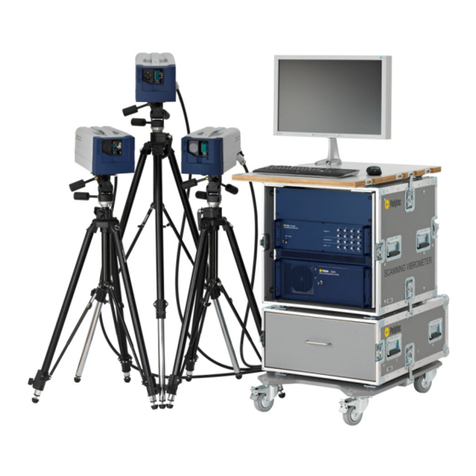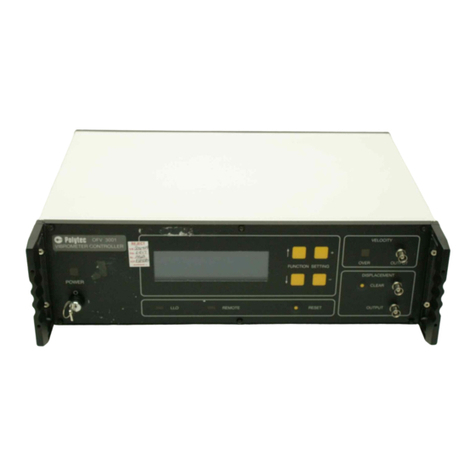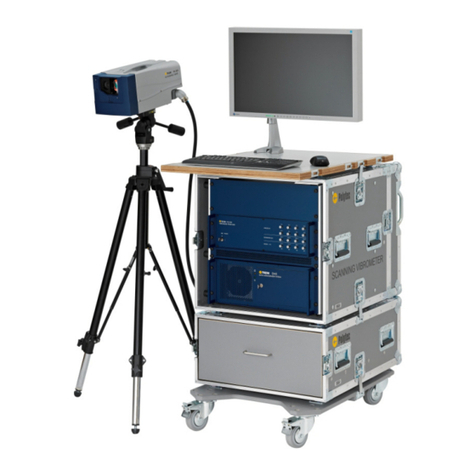
i
Contents
Contents
1 Safety Information 1-1
1.1 Information on Using this Manual ....................................................................................... 1-1
1.1.1 Warning Notices Used .............................................................................................. 1-1
1.1.2 Notices Used ........................................................................................................... 1-1
1.2 General Safety Information ................................................................................................. 1-2
1.2.1 Operating the Instrument Safely................................................................................ 1-2
1.2.2 Intended Use ............................................................................................................ 1-2
1.2.3 User Qualification...................................................................................................... 1-2
1.2.4 Ambient Conditions ................................................................................................... 1-3
1.2.5 Transport ..................................................................................................................1-3
1.2.6 Personal Protective Equipment ................................................................................. 1-3
1.2.7 Cleaning ...................................................................................................................1-3
1.2.8 Installing other Components ..................................................................................... 1-4
1.2.9 Disposal.................................................................................................................... 1-4
1.3 Lamp Safety ...................................................................................................................... 1-4
1.3.1 Important Warning Notices ........................................................................................ 1-4
1.3.2 Applicable Standards and Directives ......................................................................... 1-4
1.3.3 Equipment................................................................................................................. 1-5
1.4 Electrical Safety ................................................................................................................. 1-6
1.4.1 Important Warning Notices ........................................................................................ 1-6
1.4.2 Applicable Standards and Directives ......................................................................... 1-7
2 Introduction 2-1
2.1 System Overview ............................................................................................................... 2-1
2.2 Operating Principle ............................................................................................................ 2-2
3 First Steps 3-1
3.1 Unpacking and Inspection ................................................................................................... 3-1
3.2 Control Elements, Displays and Connections ..................................................................... 3-3
3.2.1 Controller .................................................................................................................. 3-3
3.2.2 TMS-I-350 Interferometer ......................................................................................... 3-5
3.2.3 TMS-W-350 PC ......................................................................................................... 3-8
3.3 Assembly .......................................................................................................................... 3-10
3.3.1 Assembling or Exchanging the Desiccant Cartridge .................................................3-11
3.3.2 Assembling the Interferometer ............................................................................... 3-12
3.4 Cabling ............................................................................................................................ 3-12
3.5 Functional Test ................................................................................................................. 3-16
4 Measuring 4-1
4.1 Making a Measurement with the Instrument ....................................................................... 4-1
4.2 Making High-precision Measurements ............................................................................... 4-2
4.3 Reference Filter Exchange ................................................................................................. 4-3



































